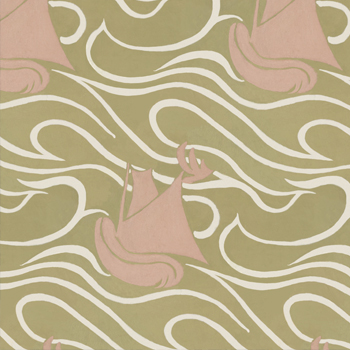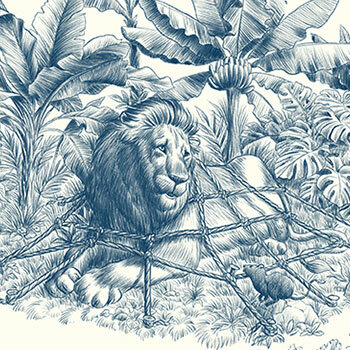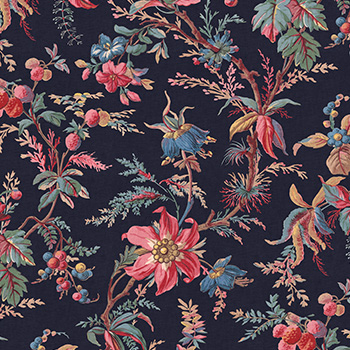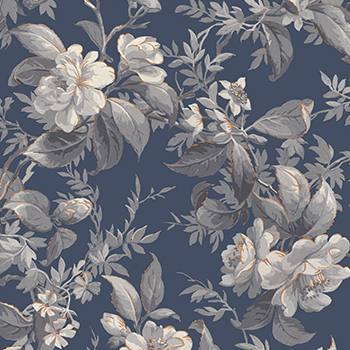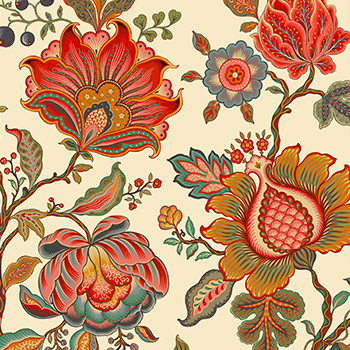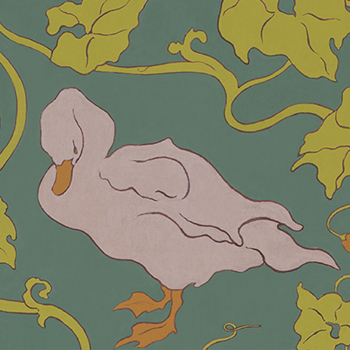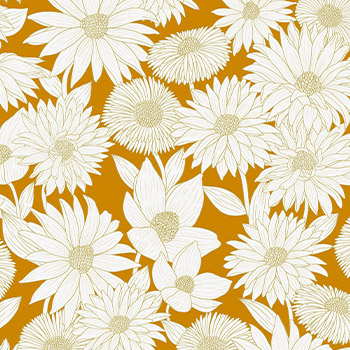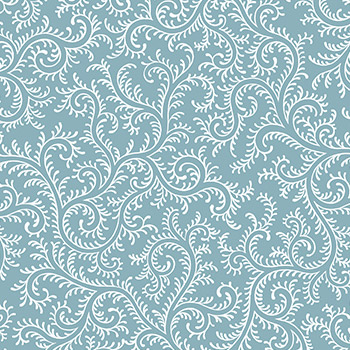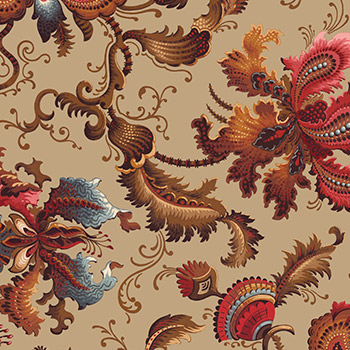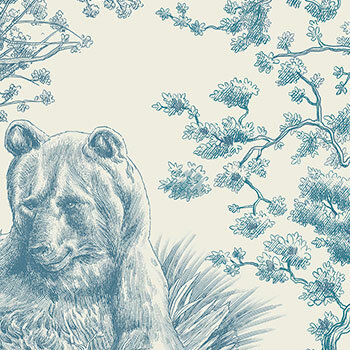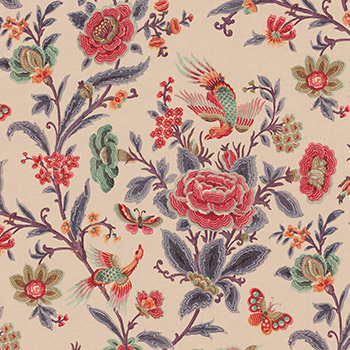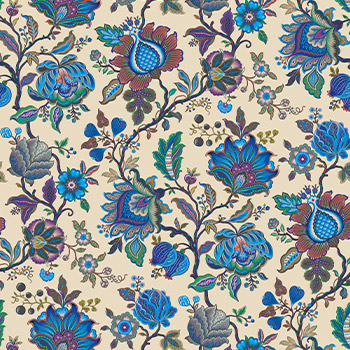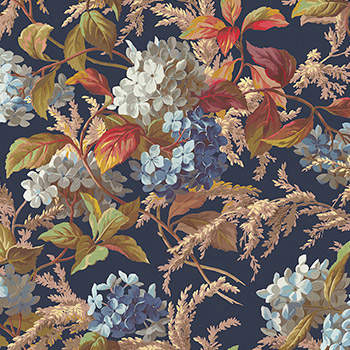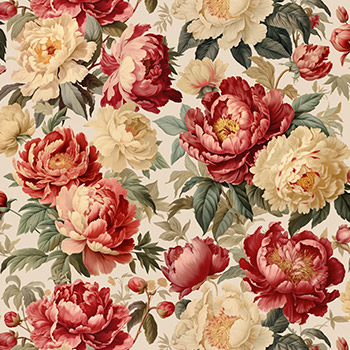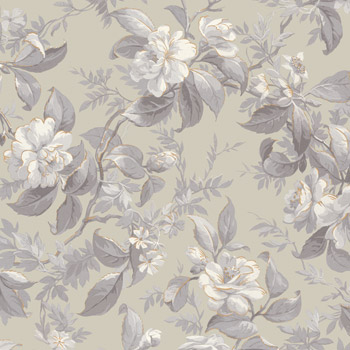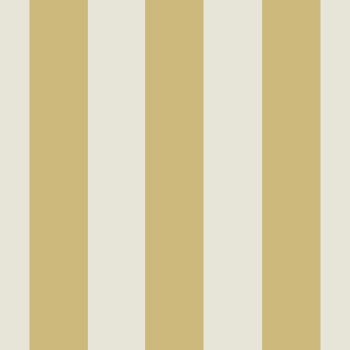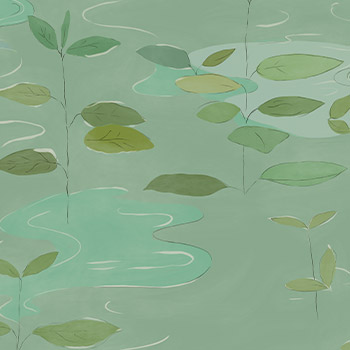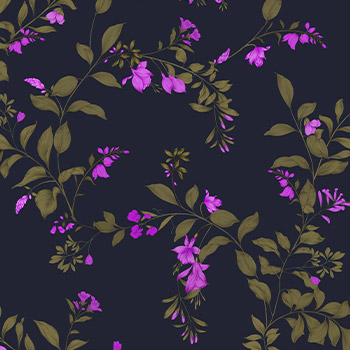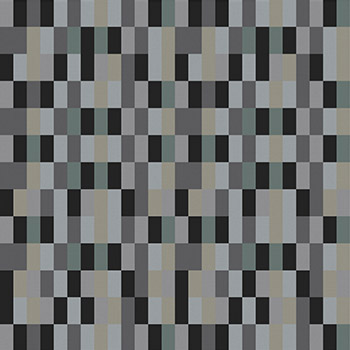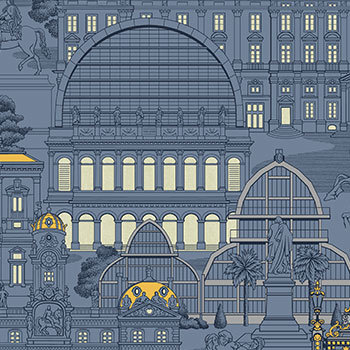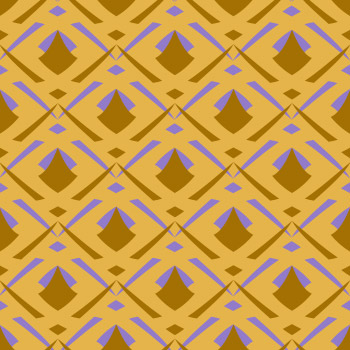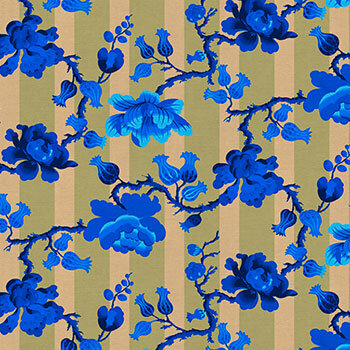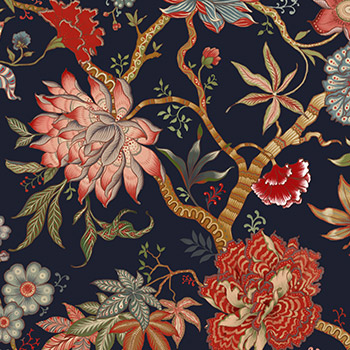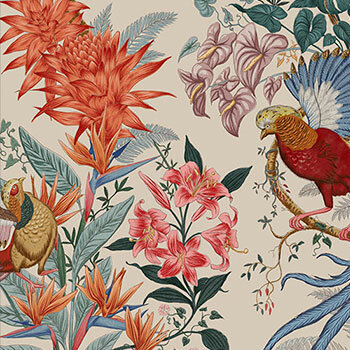
French designer Wallpaper
Inspirations
If you are looking for designer wallpaper for your interior, you may be searching for a geometric pattern. Or an original hand-drawn layout by an inspired designer. Or even an unusual graphic composition, combined with a high-end linen texture... The definition of designer wallpaper is vague to say the least and takes on a different meaning from one person to another. But whatever your own definition, you should find what you're looking for through our collections.
Le Presse Papier : The love of graphic design and wallpaper
At the origin of our activity, we had above all an unconditional love for graphic arts, architecture and interior design . This passion and our know-how as a printer led us to develop our first creations and we are always committed to working in a spirit of authenticity, originality and visual quality .
Our design process generally works as follows:
- – From an inspiration which can be an era, a graphic, artistic or musical work… We select a work direction and a visual trend.
- – The team’s designers Two techniques can be used depending on the desired effect: A crafted by hand traditional drawing or painting, or a digital vector drawing created using graphic design techniques.
- – Several versions are worked on, corrections and modifications are made before arriving at the final pattern , the result of a discussion within our team.
- – The colorimetric work then consists of testing the best color matches once the pattern has been digitized (each pattern is initially worked in a certain range of colors). At this time, we are also developing some colored variations to allow the wallpaper to fit into different atmospheres.
On most of our wallpapers, this design work is carried out directly by the Presse Papier team . Occasionally, Le Presse Papier collaborates exclusively with independent artists or graphic designers to create specific models, such as Nélio , Flamingo or Jieldé ,
To find out more about our team of designers and our know-how, visit our Know-how & Technique .
Which wallpaper to choose in a contemporary interior design
Although each era is crossed by different aesthetic trends and several styles coexist at the same time, we can try to define the main features of current contemporary design.
The Scandinavian style remains a reference that is still relevant today: Minimalism and sobriety, light colors and blond wood, geometry of volumes and diffused light.
Mojazz , Paris, Flamingo or Café collections will brighten up a section of wall with their very graphic patterns. Nélio collection will play on its illusions of volume and soft colors.
In contrast to this omnipresent style, the Bohemian style is experiencing growing success.
A return to craftsmanship, handmade, complex textures appear in objects and surfaces, calling on ancestral know-how (ceramics, basketry, linen, textiles, woodworking, etc.) An approach sometimes evoking Japanese culture, where balance is born from powerful contrasts. Botanist , Tradition , Modernist collections can come on the scene and come in different tones. We also recommend our textured linen material which brings its elegant, chic touch and sensitivity to patterns.
And for several years now, the essential retro-chic style, which draws its lines, patterns and colors from the styles of the 30s , 50s and 60s .
Tropiques , Palm , Tradition , Aquatique , Calypso , Paris , Retro collections ... Which will bring a neat and exclusive aesthetic to your interior, thanks to their designed patterns. or hand painted by our team of designers.

Design, above all a method of creation
The term design , which is an English word, does not have a perfect translation into French. This may seem anecdotal, but it is the source of much confusion. Etymologically, the term design has the same roots as the French words “ drawing ” but also “ dessein ”. Design therefore deals as much with shape, line, appearance, as with utility, use or application . Situated at the crossroads of art, technology and the human sciences, its most faithful translation would be “design”.
Historically, design is a discipline born during the 20th century, at a time when industrialization gradually replaced craftsmanship. More and more everyday objects were produced by complex machines and processes, in more or less large series. The profession of designer was born from the need to find the optimal shapes, volumes and conditions of use for any object. Design is therefore above all a method of creation which takes place through several stages. It is first of all a matter of identifying the contexts of use of the object, of understanding how it meets the needs of the end user. Different solutions, taking into account technical constraints, are then imagined, then some prototyped before being tested. Once a prototype has been validated, the object can then be mass-produced and distributed to users. The product could then possibly be improved following large-scale user feedback to offer new versions in future series.
This little step back shows that design does not refer to a particular visual style. It is therefore ultimately very strange to talk about “ designer furniture ”: A good design process, applied to furniture, can be applied to varied visual styles depending on fashion, time, context and place.
It is in this sense that theorists and designers separate the notions of design and style. However, in everyday language, the term design is ultimately often used as a synonym for “ contemporary style ” or even “ trend ” and therefore refers to visual styles that vary according to the spirit of the times (a product considered “design” in 2000 has surely lost its status today).
Design and Wallpaper, a great story with many styles
Our designs speak for themselves: the different visual styles of the last century are a huge source of inspiration and wonder for us. Here is a short summary of the graphic trends which have marked the history of decorative arts but also of wallpaper. Some of our patterns are directly inspired by it, others refer to it in a more subtle way. Please note that this is only a short introduction, the subject is extremely vast!
Wallpaper before the industrial revolution
Wallpaper probably originated in China where painters illustrated very large areas of paper entirely manually.
In Europe, it was from the 16th century that wallpaper developed, initially on small surfaces intended to line the interior of furniture or intended for bindings. Dominotry is then the technology used. It was in the 17th century, then in the 18th century, that wallpaper began to be installed on walls and numerous factories developed in France, England, Germany, etc.
At this time we can distinguish several trends:
- – “Chineseries”, Western reinterpretations of Eastern scenes
- – Antique-inspired motifs representing pilasters, columns, vases, statues…
- – Arabesques, floral motifs (naturalistic or more baroque)
From around 1800, we saw the appearance of panoramic wallpapers, complex works representing landscapes (exotic, mountains, countryside, etc.) on several strips in order to cover entire walls. From this point of view, our Nélio works in a similar way (although abstract).
The Arts & Crafts movement: The invention of applied arts
Arts & Crafts movement was born in England . This marks a major turning point in the decorative arts, initiating a philosophy of innovation and the search for new forms. To summarize this style, mainly represented by William Morris , we can say that it revisits medieval Gothic art while drawing inspiration from the forms of nature. Graphically, certain productions are closer to pre-Raphaelite painters, such as Burne-Jones.
Art Nouveau and Art Deco: From plant to geometric
Art Nouveau developed from the 1900s, following on from Arts & Crafts. Taking plants as the main source of inspiration, numerous floral motifs, with fluid and intertwined lines, will be drawn by several artists across Europe. The colors and lines are quite light.
Art Deco , from 1910/1915, re-invited geometry in patterns and lines, gradually producing increasingly refined and abstract creations. The transition between art nouveau and art deco having taken place gradually, we find numerous artistic creations which belong to both styles.
Modernism: Material above all
Modernism, mainly driven by architecture, industry and the heritage of the various artistic avant-gardes of the beginning of the century, saw its peak in the 1930s and marked an important break in the history of arts and techniques. Le Corbusier, Bauhaus, De Stijl and many other creators redefined the place and role of the decorative arts. Favoring functionality, clarity, geometry, modern architecture separates itself from decoration and favors raw materials and color to the detriment of patterns. The wallpaper then develops effects of materials and textures, some minimalist geometric patterns and a monochrome shade.
1950s: The reappearance of patterns
The 1950s marked the reappearance of patterns, whether figurative or abstract. We revisit classic subjects such as flowers and plants, in the light of visual experiments in 20th century art. Artists like Matisse, Léger, Dufy, Delaunay, inspire spontaneous and colorful design patterns.
1970s: Psychedelia, exuberance, kinetic art and optical art
The 1970s were marked above all by the predominance of a very particular colored range, featuring shades of ochre, orange, yellow and brown.
In terms of patterns, two styles of graphic design coexisted:
- – Exuberant floral arrangements, with many rounded shapes, sometimes reinterpreting the early days of Art Nouveau, or even Arts & Crafts.
- – Abstract geometric patterns, directly from the artistic trends of optical art and kinetic art, playing on optical illusions and visual surprises.
80s: The eccentricity of Memphis style
Having come back in force recently, this style was born under the leadership of the famous designer Ettore Sottsass at the very beginning of the 1980s. Resolutely linked to the Pop Art aesthetic, Memphis brought experimentation, spontaneity and a certain playful approach to the object design and decoration. From a graphic point of view, the basic geometric shapes (circle, triangle, lines, points) are associated with a palette of bright colors, used in flat areas, without textures.
There would of course be many other styles and subgenres to describe if one wanted to establish an exhaustive list. Especially since this summary only focuses on wallpaper design in Europe and other visual trends developed in parallel in different world cultures.
Collections
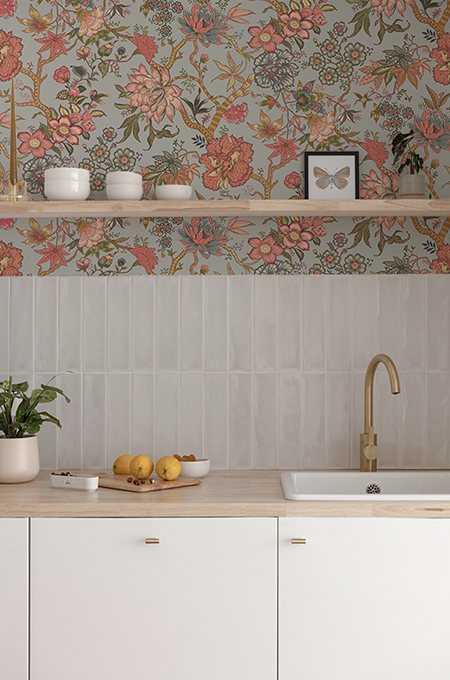
A collection of wallpapers reflecting our infinite passion for art. Discover
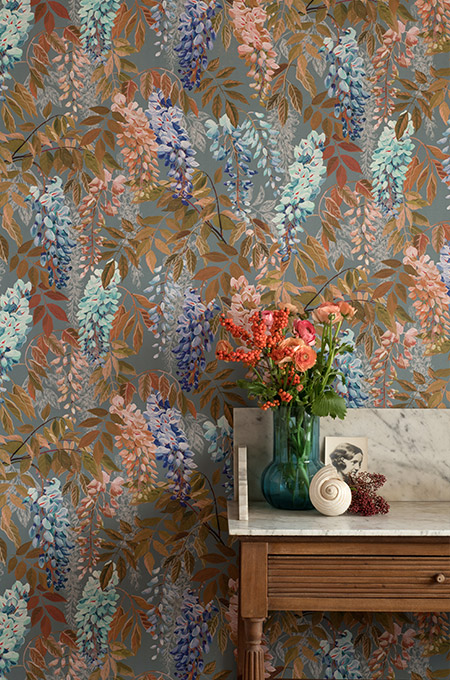
The tradition of Lyon floral textile design. Discover

The Modernist wallpaper collection is a free journey into the philosophical movement of the same name. “Color is the most relative medium in art” J. Albers Discover
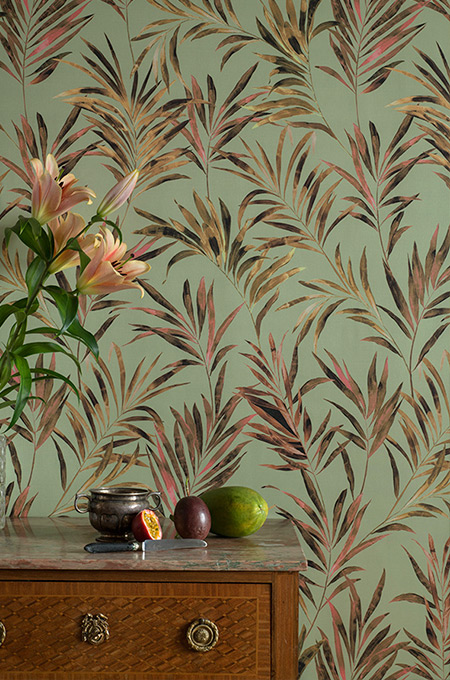
Gouache and watercolor creations with stylized designs Discover
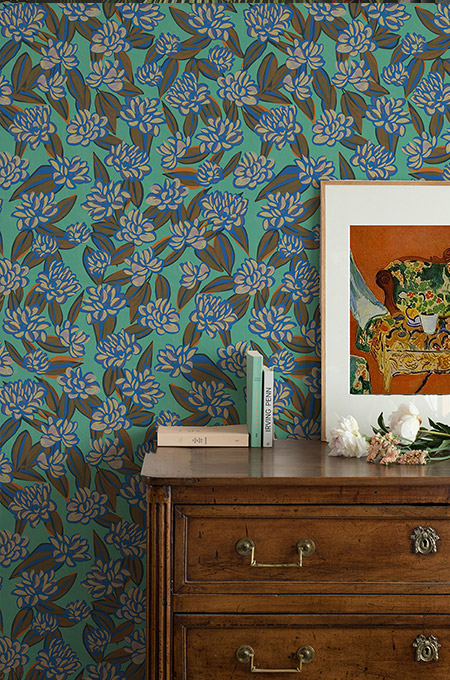
The Nabis's soul seems to breathe through the patterns of this collection with its great expressive force. A collection of character, certainly, which favors the bold. Discover
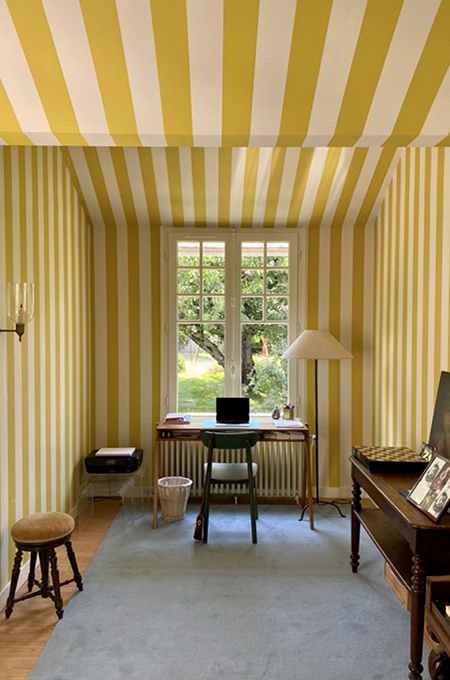
Stripes, a timeless pattern. Motif of the devil, emblem of sailors, but also symbol of freedom and humor, there are stripes and stripes as highlighted by Michel Pastoureau in his book: Rayures. Une histoire culturelle published by Editions du Seuil. Discover
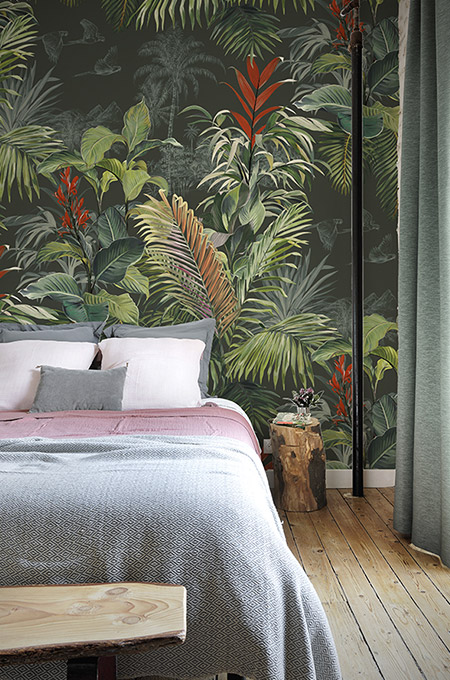
A collection linked to travel and impregnated of history of botany. Discover

A call for a change of scenery and dreams of exoticism Discover
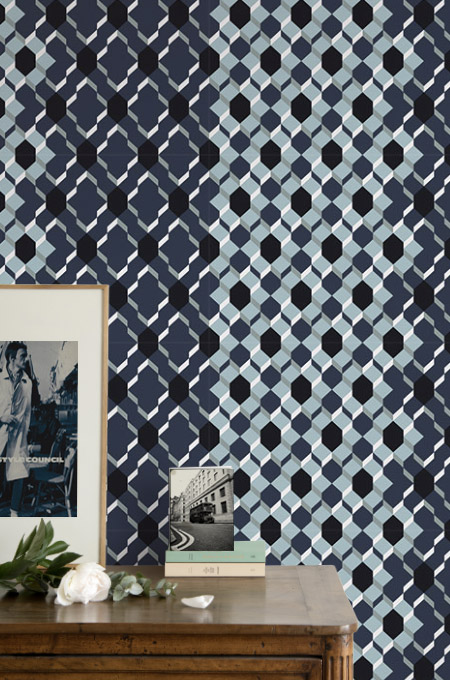
A game for the eye a trick for the mind Discover
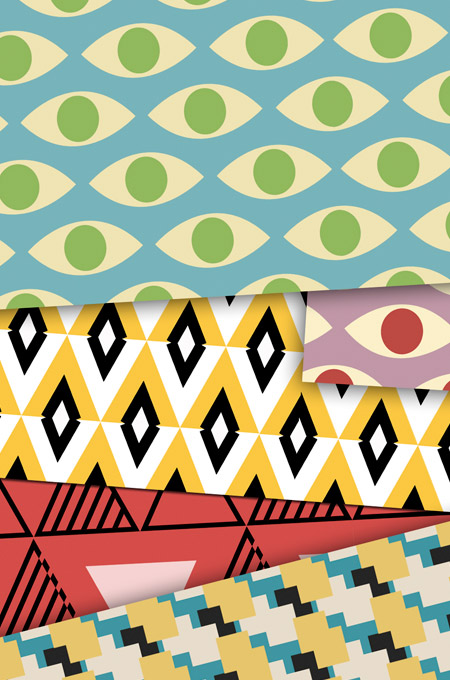
A collection, a journey through 20th century design. Discover
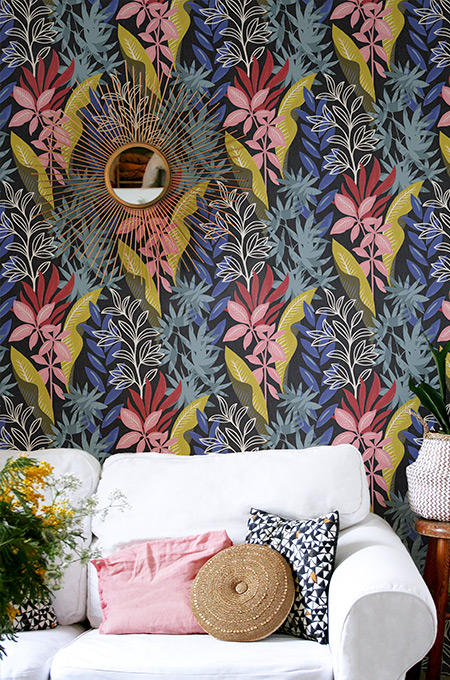
A sensory immersion in organic and plant motifs. Enter an underwater world filled with colors and details, in which the graphic shapes of plants seem to undulate along the water. Discover
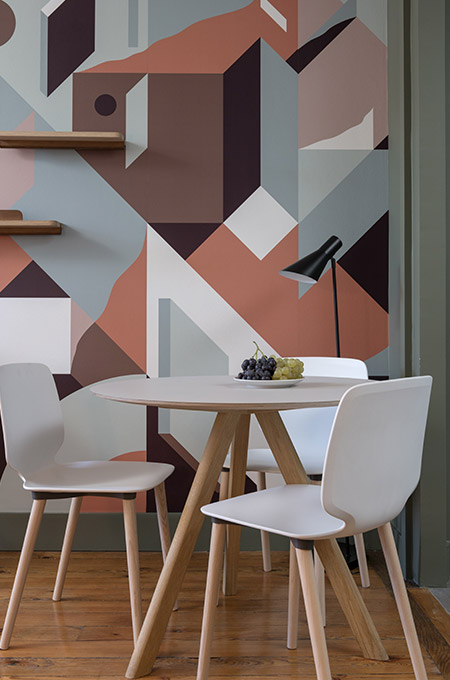
Le Presse Papier invites French street artist Nelio Discover
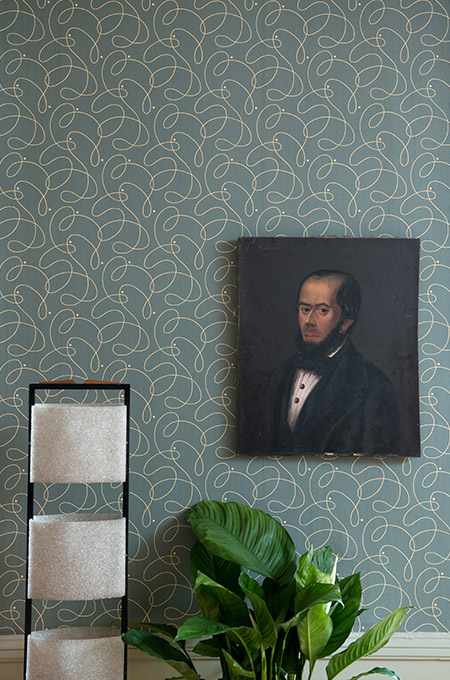
“The world of today was born yesterday, in the fifties and sixties”, Dominic Bradbury, The 50s style, the complete, Parentheses editions. Discover
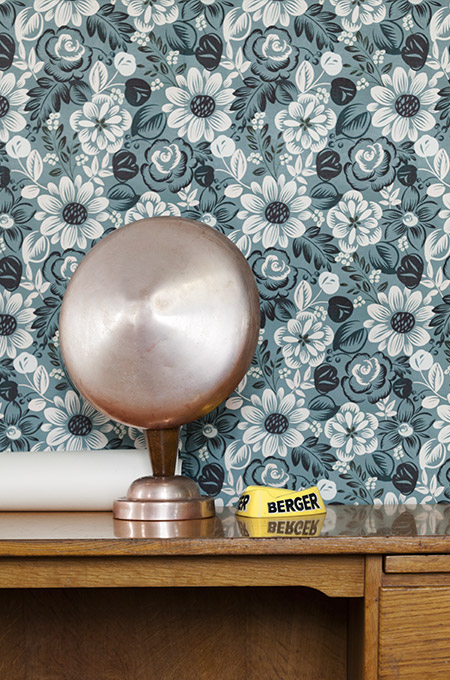
Vintage reinterpreted. Discover
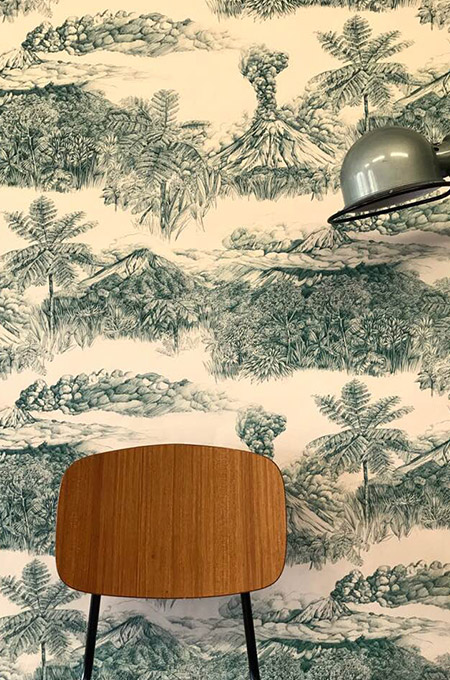
The models in this collection are naturally poetic and invite you to travel. Discover
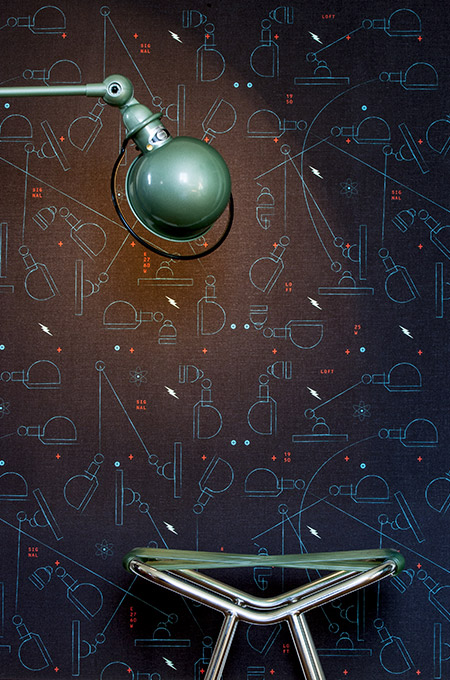
Le Presse Papier & Jieldé present a capsule collection of wallpaper inspired by the world of architectural firms. Discover
